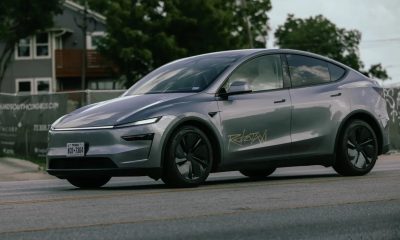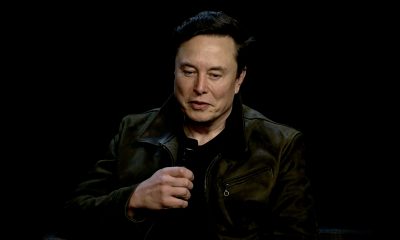

News
Tesla is testing the waters in Germany for the expansion of its energy utility business
During the second quarter earnings call, Elon Musk discussed the inherent potential of Tesla Energy. According to the CEO, Tesla Energy has a lot of room to grow simply because the utility sector is far larger than the automotive market. And if Musk’s recent visit to Germany and the company’s recent initiatives are any indication, it appears that Tesla is now testing the waters for a potential push into the country’s energy market.
Tesla has recently acquired a license that would allow it to trade electricity across western Europe. The electric car maker has also been surveying potential customers in Germany about the idea of using Tesla power in their vehicles. As noted in a Reuters report, consultants and energy industry executives believe that these strategies could set the stage for Tesla, perhaps with one or more partners, to expand its business to German’s utility sector. Such a move would be strategic, considering that the country is Europe’s largest power market.
Interestingly enough, the survey that Tesla sent to German customers asked about switching from an existing energy supplier to a new power provider. The questionnaires were sent out about a month after Tesla became a member of the Paris-based EPEX Spot power exchange, a platform utilized to trade intraday cross-border electricity. Questions from the survey, which were retrieved by Reuters, hinted at some of the company’s speculated technologies, such as vehicle-to-grid (V2G) capabilities for its vehicles.
“What would encourage you to switch from your existing energy supplier?” The survey noted, adding “Would you buy a Tesla photovoltaic system and home storage (Tesla Powerwall) if you could switch to a specially designed Tesla electricity tariff?” The survey also asked if customers would be willing to allow Tesla to control when their vehicles are charged.
Industry executives and consultants noted that such a system could allow the company to coincide charging with cheap electricity rates during off-peak hours. This could also open the doors for Tesla to utilize power gathered by its customers to help balance the power grid, an increasingly important service in Germany as the country starts to embrace more renewable solutions.
Granted, Tesla is only at the first stages of its energy business’ expansion, but the company has taken visible steps towards this goal in recent months. Back in May alone, Tesla applied for a license to supply power in the UK. This application was approved, paving the way for the company’s battery storage products and Autobidder software to test the waters in the UK’s utility sector.
Berthold Hannes, a consultant with 30 years of energy advisory experience, stated that an expansion into the utility sector actually makes sense for a business like Tesla. “The next and obvious step for Tesla is to get into production, especially of renewable power. Tesla could use its own locations, for example, the roofs of plants or the sites of charging points, and alternatively, or in addition, it could take stakes in solar plants or wind parks,” Hannes said.
In the Q2 2020 earnings call, Elon Musk explained that Tesla Energy plays a huge role in the company’s mission to accelerate the world’s shift to sustainability. “Tesla Energy will be roughly the same size as Tesla automotive. The energy business collectively is bigger than the automotive business. So you say like, how big is the energy sector? It’s bigger than automotive. And in order to achieve a sustainable energy future, we have to have sustainable energy generation,” the CEO said.
News
SpaceX successfully launches 100th Starlink mission of 2025
With 100 Starlink missions completed for 2025, space enthusiasts have noted that SpaceX has successfully launched 2,554 Starlink satellites so far this year.
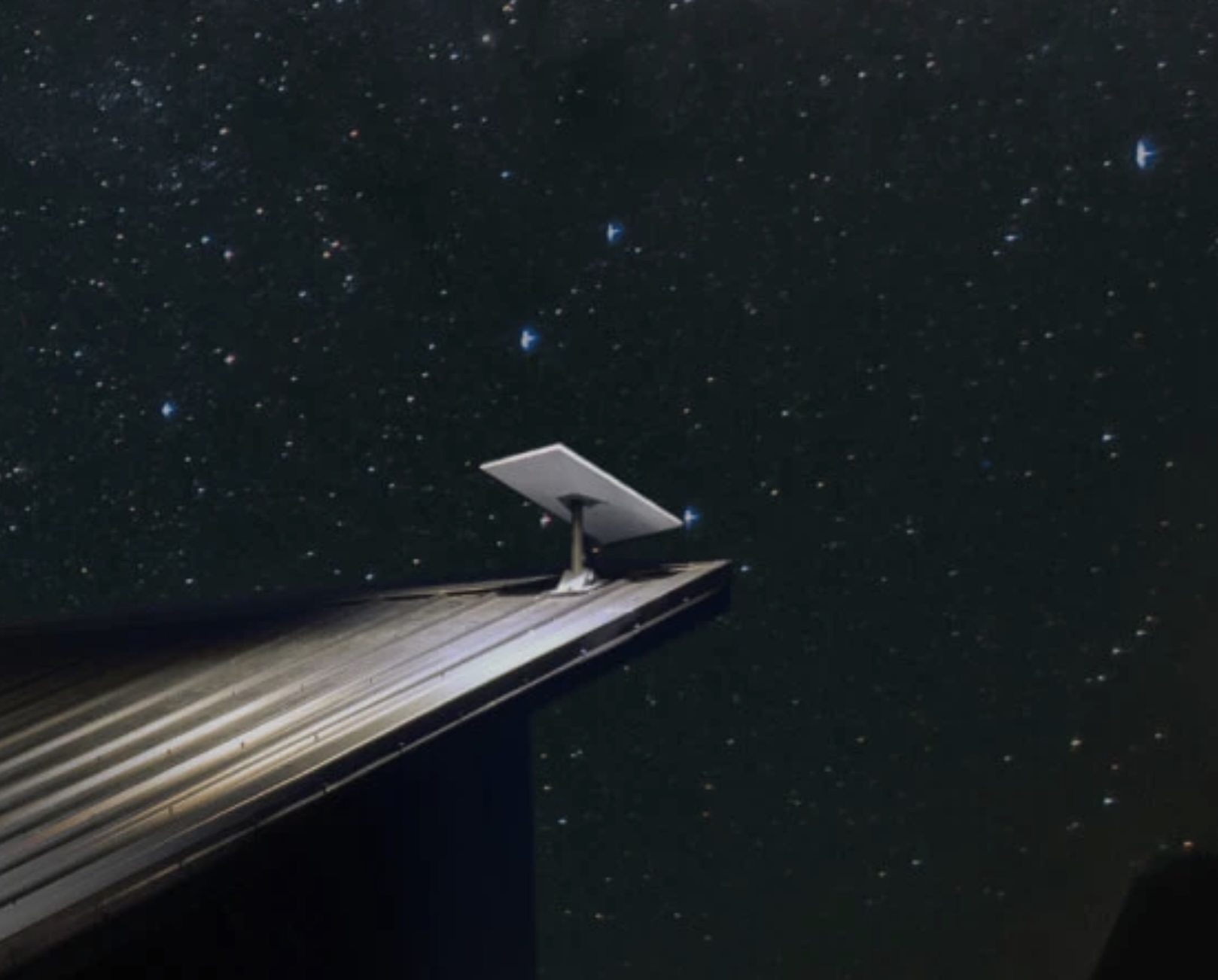
SpaceX achieved its 100th Starlink mission of the year on Friday, October 31, marking another milestone for 2025.
A Falcon 9 rocket carrying 28 Starlink broadband satellites successfully lifted off from Vandenberg Space Force Base in California at 4:41 p.m. ET, carrying another 28 Starlink satellites to Low Earth Orbit (LEO).
Falcon 9 booster’s 29th flight
Roughly 8.5 minutes after liftoff, the Falcon 9’s first stage touched down on the drone ship Of Course I Still Love You in the Pacific Ocean. This marked the booster’s 29th flight, which is approaching SpaceX’s reuse record of 31 missions.
This latest mission adds to SpaceX’s impressive 138 Falcon 9 launches in 2025, 99 of which were dedicated to Starlink, according to Space.com. The company’s focus on reusing boosters has enabled this breakneck pace, with multiple launches each week supporting both Starlink’s expansion and external customers.
Starlink’s network continues massive global expansion
Starlink remains the largest active satellite constellation in history, with more than 10,000 satellites launched, nearly 8,800 of which are currently active. SpaceX recently achieved Starlink’s 10,000-satellite milestone. With 100 Starlink missions completed for 2025, space enthusiasts have noted that SpaceX has successfully launched 2,554 Starlink satellites so far this year.
Starlink, which provides high-speed, low-latency internet connectivity even to the world’s most remote areas, has been proven to be life-changing technology for people across the globe. The service is currently operational in about 150 countries, and it currently has over 5 million subscribers worldwide. From this number, 2.7 million joined over the past year.
News
Tesla shares updated timeframe for Cybertruck FSD V14 release
The Cybertruck was expected to receive FSD V14 before the end of the month, but Tesla was not able to meet the target.
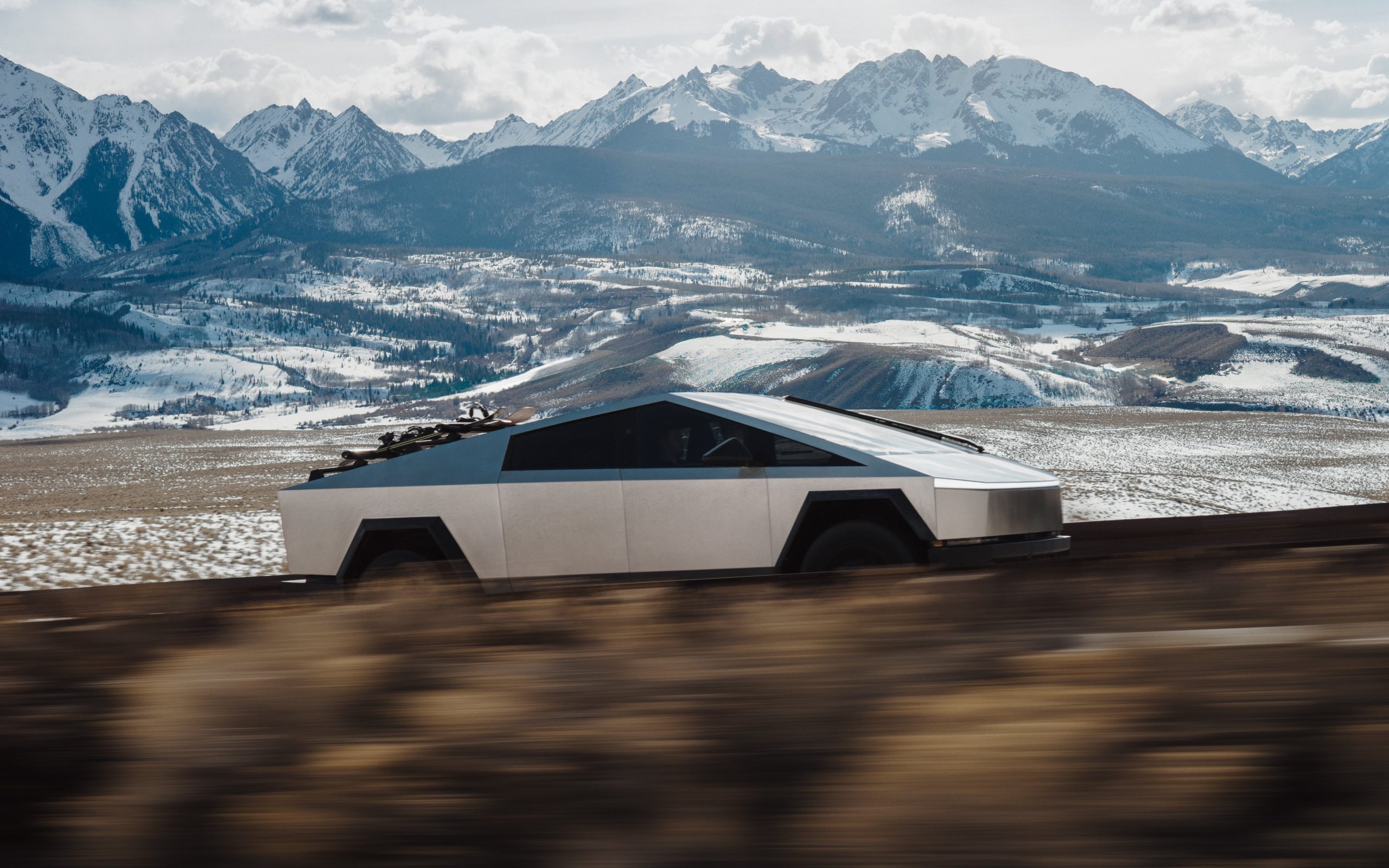
Tesla’s Full Self-Driving (FSD) V14 update for the Cybertruck could arrive this weekend, as per recent comments from Director of Autopilot Software and VP of AI Ashok Elluswamy.
The Cybertruck was expected to receive FSD V14 before the end of the month, but Tesla was not able to meet the target.
Cybertruck FSD V14
Considering the extended wait for FSD V14, it was no surprise that several Cybertruck owners were asking for updates about the system’s rollout to the all-electric pickup truck on Friday. These included the official Cybertruck X account, which responded to Elluswamy’s end of month estimate with “I only see trick. Where is my treat.”
This prompted a response from the AI executive, who replied with, “Sorry, pushing for early access Cyber release over the weekend.” This means that if all goes well, Cybertruck owners would be able to experience FSD V14 very soon. Some, however, are wondering if Tesla would go straight to V14.2 for the Cybertruck’s FSD V14 update, or if the vehicle will receive V14.1 first.
Tesla pushes to unify FSD experience across its lineup
The upcoming Cybertruck rollout represents the next step in Tesla’s efforts to roll out FSD capabilities across all of its vehicles. FSD V14 is a notable step forward for the company’s AI-driven self driving system, with features like Mad Max mode getting positive reviews from longtime Full Self Driving testers.
For the Cybertruck, the FSD V14 update would mark one of its first major over-the-air upgrades for the vehicle. Likely due to its size, the Cybertruck tends to receive FSD updates later than the S3XY lineup, which is quite surprising considering that the all-electric pickup truck is a premium-priced vehicle that is home to some of Tesla’s most advanced technologies.
News
“Tesla Ride” program lets riders experience FSD and Grok AI in real-world demos
The initiative aims to bring supervised Full Self-Driving demos and Grok AI-guided experiences to consumers in real world trips.

Tesla has launched a new service designed to make its Full Self-Driving (FSD) technology familiar to all commuters.
Dubbed the “Tesla Ride” program, the initiative aims to bring supervised Full Self-Driving demos and Grok AI-guided experiences to consumers in real world trips.
How Tesla Ride Works
As per the official Tesla Ride website, the session will allow participants to sit in the driver’s seat while a Tesla Advisor rides shotgun as co-pilot. The Tesla Advisor then guides riders through the company’s latest supervised FSD features, comfort settings, and in-car entertainment. Participants would also be able to interact with Grok AI in the vehicles. Grok will be capable of answering questions during the ride, and it will even tell stories along the way.
Tesla noted, however, that Tesla Ride sessions are capped at 45 minutes each, and it requires participants to have a valid driver’s license and insurance. Interested participants are also advised to call beforehand so they can schedule their Tesla Rides.
Marketing push and reach
The Tesla Ride program runs across several markets from October into November, and in some locations into the end of December 2025. Participating states are numerous, from Michigan to Virginia to Illiois, Nevada, and California, among others. A look at the official webpage for Tesla Ride shows that the company is still taking a very cautious approach with the program, with disclaimers clearly stating that FSD Supervised does not make Teslas autonomous just yet.
Tesla’s focus on safety with FSD was highlighted recently by Senior Vice President for Automotive Tom Zhu. “Elon said it in 2021: “For self-driving, even if the road is painted completely wrong and a UFO lands in the middle of the road, the car still cannot crash and still needs to do the right thing.
“The prime directive for the autopilot system is: Don’t crash. That really overrides everything. No matter what the lines say or how the road is done, the thing that needs to happen is minimizing the probability of impact while getting you to your destination conveniently and comfortably,” the executive stated.
-
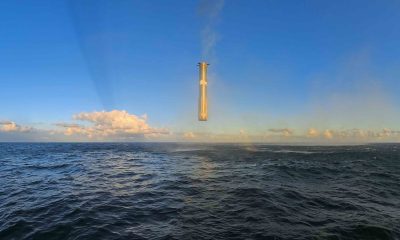
 Elon Musk2 weeks ago
Elon Musk2 weeks agoSpaceX posts Starship booster feat that’s so nutty, it doesn’t even look real
-
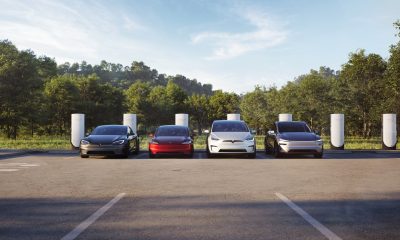
 Elon Musk2 weeks ago
Elon Musk2 weeks agoTesla Full Self-Driving gets an offer to be insured for ‘almost free’
-
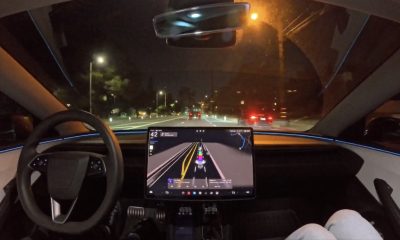
 News2 weeks ago
News2 weeks agoElon Musk confirms Tesla FSD V14.2 will see widespread rollout
-

 News2 weeks ago
News2 weeks agoTesla is adding an interesting feature to its centerscreen in a coming update
-
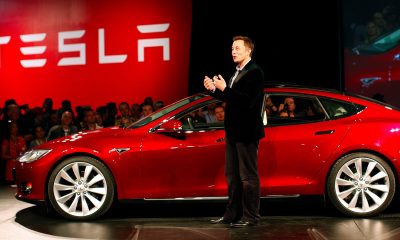
 Elon Musk2 weeks ago
Elon Musk2 weeks agoTesla CEO Elon Musk’s $1 trillion pay package hits first adversity from proxy firm
-
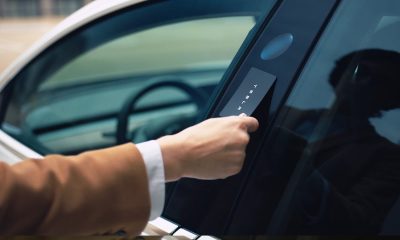
 News2 weeks ago
News2 weeks agoTesla might be doing away with a long-included feature with its vehicles
-
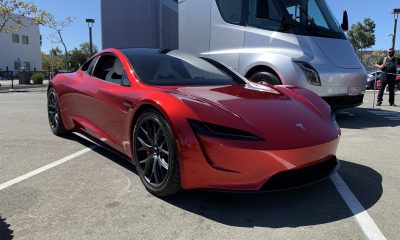
 News2 weeks ago
News2 weeks agoTesla updates fans on its plans for the Roadster
-

 Elon Musk2 weeks ago
Elon Musk2 weeks agoAfter moving Tesla to Texas, Elon Musk is back in the Bay Area with Neuralink expansion








